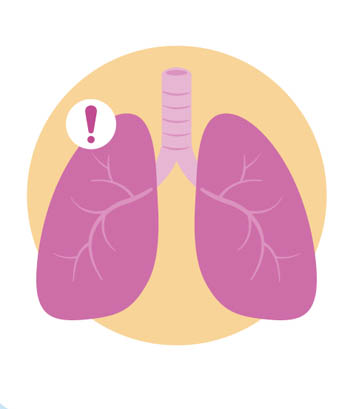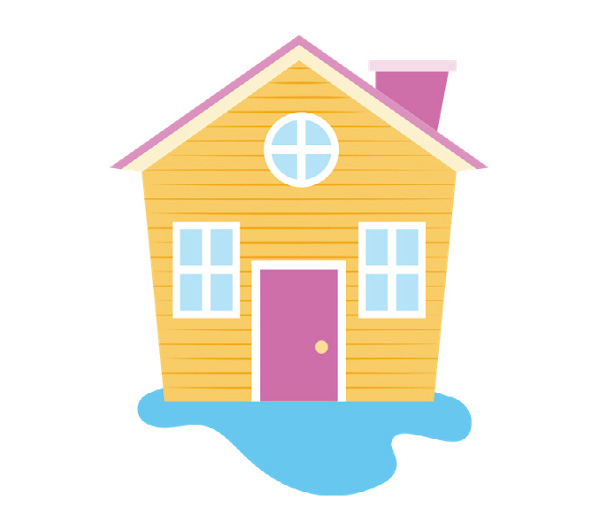Air Quality & Allergens | Overview
Providers and patients: The information below can be downloaded and printed in English and Spanish from the links below.
Your health, air quality, and allergens

What is air quality?
Air quality measures the amount of pollution in the air. Pollutants lower the air quality. Measuring air quality tells us how healthy and clean the air is for us to breathe.

Why is it important?
Poor air quality impacts our health. Children and people with medical conditions that affect breathing, like asthma, are at a higher risk. Depending on the kind of pollution, bad air quality can cause symptoms like headaches, dizziness, difficulty breathing, coughing, itchy eyes, a sore throat or runny nose.

How can I find out the air quality?
Enter your zip code at www.airnow.gov to find your air quality index (AQI) and to see recommendations.

Indoor air quality factors
Consider your home environment and what may be impacting the air you breathe.
- cigarette and marijuana smoke
- e-cigarette vapor (contains toxins)
- wood and gas stoves
- dust
- chemicals and disinfectants
- personal care products (fragrance sprays, lotions, cosmetics, candles)
What can you do?
- Prevent: Get rid of pollutants whenever possible.
- Ventilate: Increase air flow by opening windows and using fans. This helps when using air-polluting products in small spaces.
- Clean your air: HEPA filters can trap and remove pollutants from the air.

Outdoor air quality factors
Consider the air outside your home and what may be impacting the air you breathe.
- vehicles and highway traffic
- industrial buildings and factories
- wildfire smoke
- pollen and plant allergens
- extreme temperatures
What can you do?
Here are some actions to decrease the risk:
Be aware: Look up your air quality and pollen indexes to know the level of risk.
Limit exposure: Avoid exercising and playing outdoors on days with poor air quality or high pollen counts. Leave your shoes at the door and change your clothes when entering your home to prevent tracking pollutants inside.
Be prepared: Talk to your provider about starting allergy medicines early and keep emergency medications available. Store these medicines at room temperatures so they work as they should.
Resources
For more resources on air quality and allergens, visit:
This document was supported by the American Academy of Pediatrics (AAP) as well as the Asthma and Allergy Foundation of America, New England Chapter. It was funded (in part) by a cooperative agreement with the Centers for Disease Control and Prevention/Agency for Toxic Substances and Disease Registry (CDC/ATSDR). The U.S. Environmental Protection Agency (EPA) supports the PEHSUs by providing partial funding to CDC/ATSDR through an interagency agreement. The findings and conclusions presented have not been formally disseminated by CDC/ATSDR or EPA and should not be construed to represent any agency determination or policy. Use of trade names that may be mentioned is for identification only and does not imply endorsement by the CDC/ATSDR or EPA.

